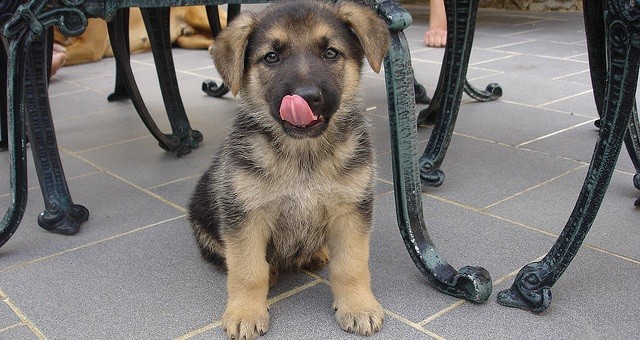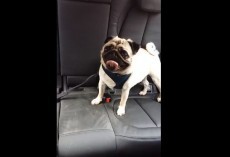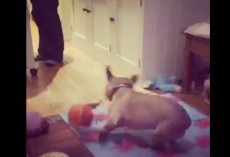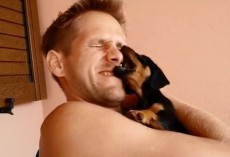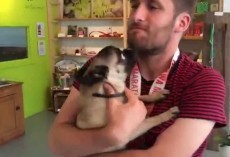It may be a part of your nature to chastise your pooch for breaking a rule, but as opposed to always saying the word “No!” to her loudly, opt instead for rewarding her for what she is doing right. For example, if a friend comes in the door and she doesn't jump up on them, praise her like crazy. Also, if she goes potty outside and instead of on your carpet, give her a treat and let her know through praise that she's doing a great job.
Reinforce the positive behaviors and ignore the negative behaviors. Be consistent and patient with your puppy and over time she'll get the hang of your household and puppy rules! Dogster will also help you as you train your puppy by providing excellent training tips and more.
Puppies
Puppy training should always focus on socialization and the prevention of unwanted behaviors. Rather than focusing on puppy training obedience, you should concentrate on puppy socialization and the prevention of problem behavior through rewarding desirable behaviors, and removing reinforcement for unwanted behaviors through extinction, management, or negative punishment (more on this later!)
How To Train A Dog Step 1: Reward Desirable Behavior
It is a human tendency to focus on what we don’t like, often to a fault. The crux of effective dog training, whether you are house training your dog or teaching obedience behaviors, is to never miss an opportunity to reward your dog for doing the right thing.
Concentrate on what you want your dog to do instead of what you want your dog to stop doing. For problem behaviors like barking, nipping, jumping, or growling, think of what you would prefer the dog do instead and develop a training plan to get there.
How To Train A Dog Step 2: Dealing With Unwanted Behavior
Extinction: Extinction involves the principal of “non-punishment, non-reinforcement,” essentially, ignoring the behavior Often, ignoring the behavior is the best bet – wait the dog out and then reinforce when he offers an alternative behavior (sits instead of jumping, for example).
Negative Punishment: In laymen’s terms, negative punishment means a time out for the dog. Negative punishment is very effective for self-reinforcing behaviors – behaviors dogs do because they’re “fun.”
This is but a simple introduction to training your dog. For more help, find a trainer near you. Remember, if the training isn’t fun for you and your dog, you’re not doing it right!

